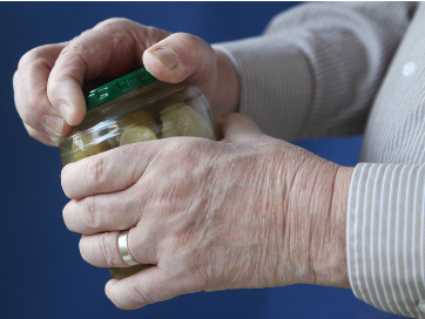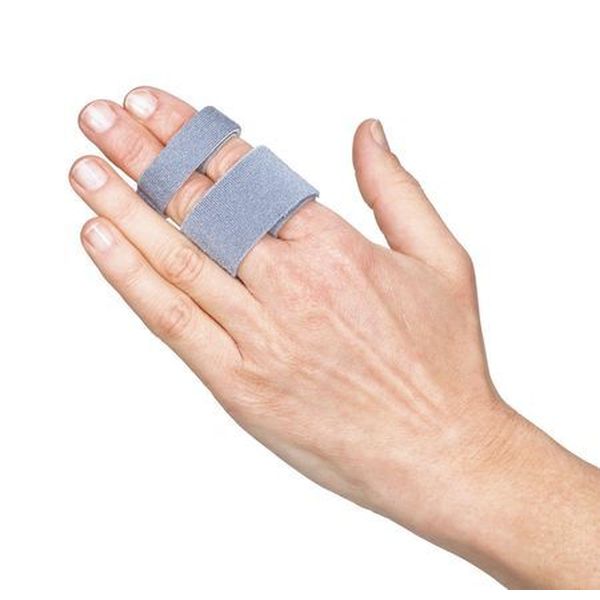Do you require any assistance? Simply reserve your appointment online below
Thumb arthritis
Compassionate care for you
Thumb arthritis is common with aging and occurs when cartilage wears away from the ends of the bones that form the joint at the base of your thumb — also known as the carpometacarpal (CMC) joint.
Thumb arthritis can cause severe pain, swelling, and decreased strength and range of motion, making it difficult to do simple tasks, such as turning doorknobs and opening jars.
Treatment generally involves a combination of medication and splints. Severe thumb arthritis might require surgery.

Causes of Thumb arthritis

Thumb arthritis commonly occurs with aging. Previous trauma or injury to the thumb joint also can cause thumb arthritis.
In a normal thumb joint, cartilage covers the ends of the bones — acting as a cushion and allowing the bones to glide smoothly against each other. With thumb arthritis, the cartilage that covers the ends of the bones deteriorates, and its smooth surface roughens. The bones then rub against each other, resulting in friction and joint damage.
The damage to the joint might result in growth of new bone along the sides of the existing bone (bone spurs), which can produce noticeable lumps on your thumb joint.
Symptoms of Thumb arthritis
Arthritis involves inflammation of one or more of your joints. Pain and stiffness are common symptoms of arthritis, and when these occur in your wrist, simple daily activities can become more difficult.
Pain is the first and most common symptom of thumb arthritis. Pain can occur at the base of your thumb when you grip, grasp or pinch an object, or use your thumb to apply force.
Other signs and symptoms might include:
Swelling, stiffness and tenderness at the base of your thumb
Decreased strength when pinching or grasping objects
Decreased range of motion
Enlarged or bony appearance of the joint at the base of your thumb
Risk factors of developing Thumb arthritis
Factors that can increase your risk of thumb arthritis include:
- Female sex.
- Age above 40 years.
- Obesity.
- Certain hereditary conditions, such as joint ligament laxity and malformed joints.
- Injuries to your thumb joint, such as fractures and sprains.
- Diseases that change the normal structure and function of cartilage, such as rheumatoid arthritis.
- Activities and jobs that put high stress on the thumb joint.

Treatment of Thumb arthritis

In its early stages, arthritis at the base of the thumb will respond to nonsurgical treatment.
- Ice the joint for 5 to 15 minutes several times a day.
- Take an anti-inflammatory medication, such as aspirin or ibuprofen, to help reduce inflammation and swelling.
- Wear a supportive splint to limit the movement of your thumb, and allow the joint to rest and heal.
- The splint may protect both the wrist and the thumb. It may be worn overnight or intermittently during the day.
Because arthritis is a progressive, degenerative disease, the condition may worsen over time. The next phase in treatment involves injecting a steroid solution injection directly into the joint. This will usually provide relief for several months.
However, these injections cannot be repeated indefinitely.

You are in Great Hands
Surgical treatment of Arthritis of the Thumb
If exercise, medications, and splinting do not sufficiently reduce pain and restore range of motion and strength, surgery may be required. Possible surgeries for thumb arthritis include:

Trapeziectomy: One of your wrist bones involved in the thumb joint is removed.
Osteotomy: The bones in your joint are moved and aligned correctly. They may be trimmed to remove excess growth.
Joint fusion: The bones in the joint are fused. This improves stability and reduces pain. However, there is no longer flexibility in the joint, and you will no longer be able to perform certain tasks.
Joint replacement: The joint is replaced with tendon grafts.
